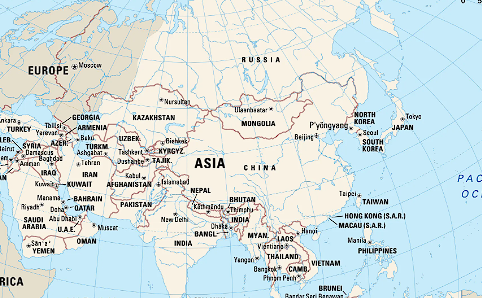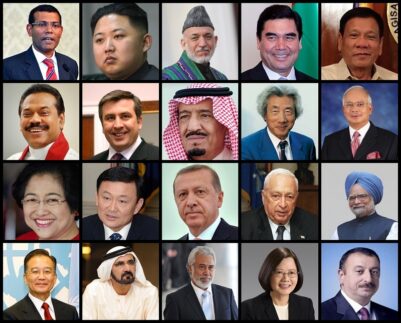Asia is the world’s largest and most populous continent, covering an area of about 44.58 million square kilometers and home to over 4.6 billion people, constituting roughly 60% of the world’s population. Here are some key points about Asia:
- Geography: Asia is incredibly diverse geographically, featuring vast plains, high mountain ranges, deserts, and extensive coastlines. It includes major geographical features such as the Himalayas, the Gobi Desert, the Siberian tundra, and the fertile river valleys of the Tigris and Euphrates, the Yangtze, and the Ganges.
- Cultural Diversity: Asia is incredibly diverse culturally, with numerous languages, religions, and ethnic groups. It is the birthplace of major religions such as Hinduism, Buddhism, Islam, and Confucianism, as well as the origin of many ancient civilizations, including those of Mesopotamia, the Indus Valley, and China.
- Economic Powerhouse: Asia is an economic powerhouse, with some of the world’s fastest-growing economies, including China, India, Japan, and South Korea. The region is a hub for manufacturing, trade, and innovation and plays a significant role in the global economy.
- Political Landscape: Asia is home to a wide range of political systems, from authoritarian regimes to democracies. Countries like China, North Korea, and Iran have authoritarian governments, while others like India, Japan, and South Korea have democratic systems.
- Global Influence: Asia’s influence extends beyond its borders, impacting global politics, economics, and culture. Countries like China and India are increasingly asserting themselves on the world stage, shaping global trends and influencing international relations.

- Challenges: Asia faces numerous challenges, including poverty, inequality, environmental degradation, and political instability. Issues such as territorial disputes, nuclear proliferation, and terrorism also pose significant challenges to regional stability.
- Technological Advancements: Asia is a leader in technological innovation, with countries like Japan, South Korea, and China making significant advancements in fields such as electronics, robotics, and artificial intelligence.
- Regional Cooperation: Despite historical tensions and conflicts, there are efforts towards regional cooperation in Asia. Organizations like the Association of Southeast Asian Nations (ASEAN), the South Asian Association for Regional Cooperation (SAARC), and the Shanghai Cooperation Organization (SCO) aim to promote economic integration and political dialogue among Asian countries.

